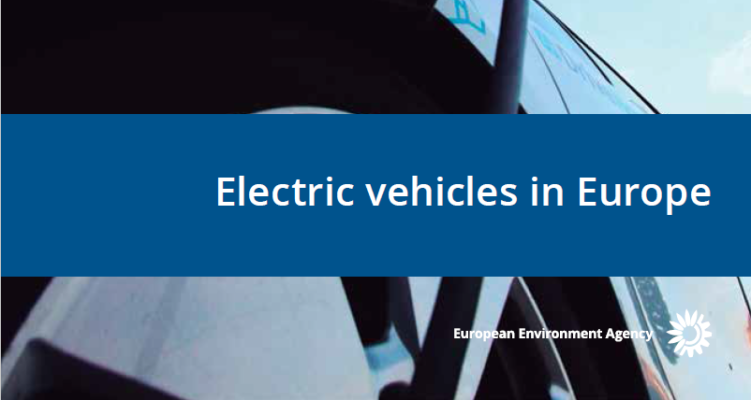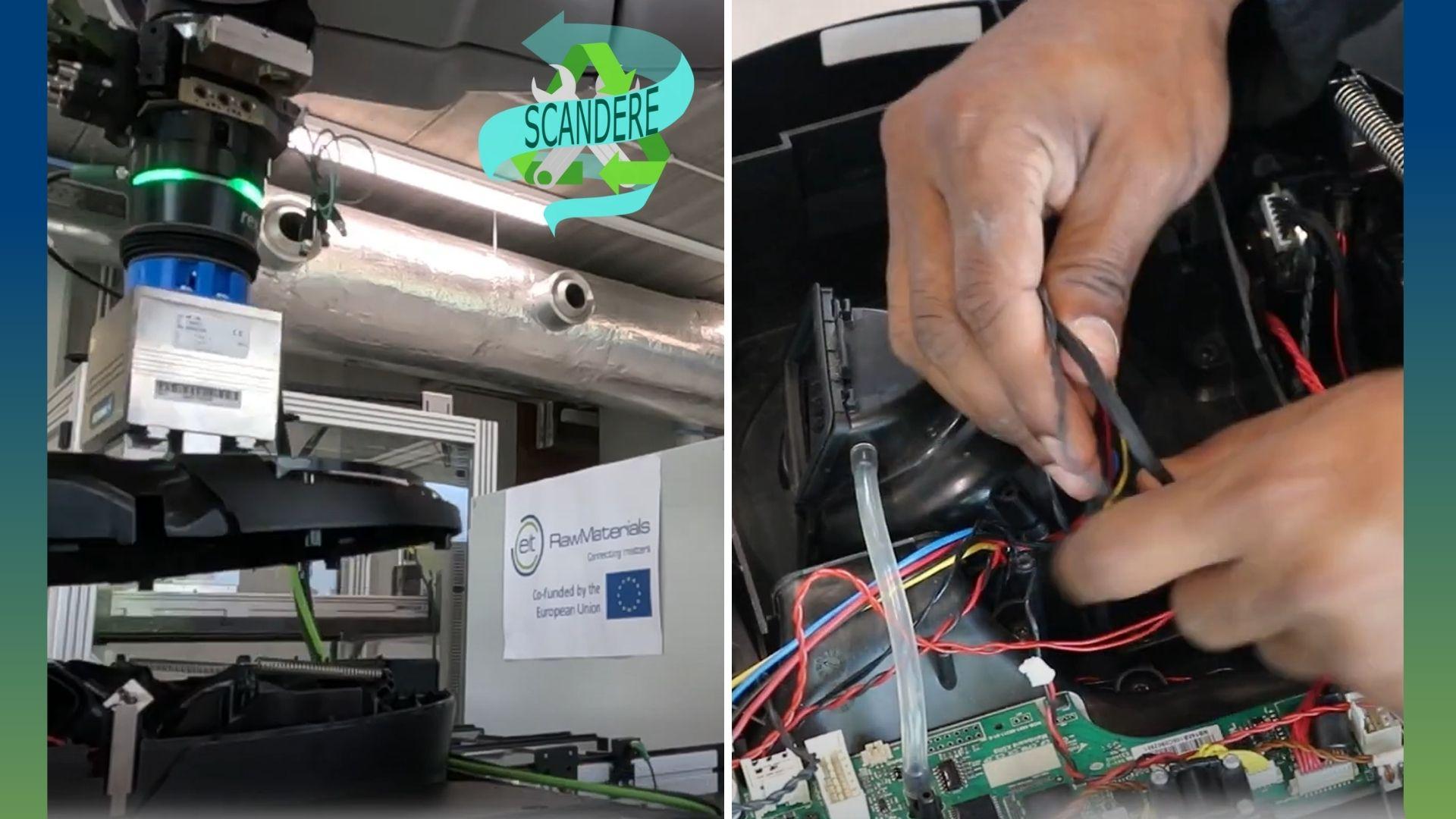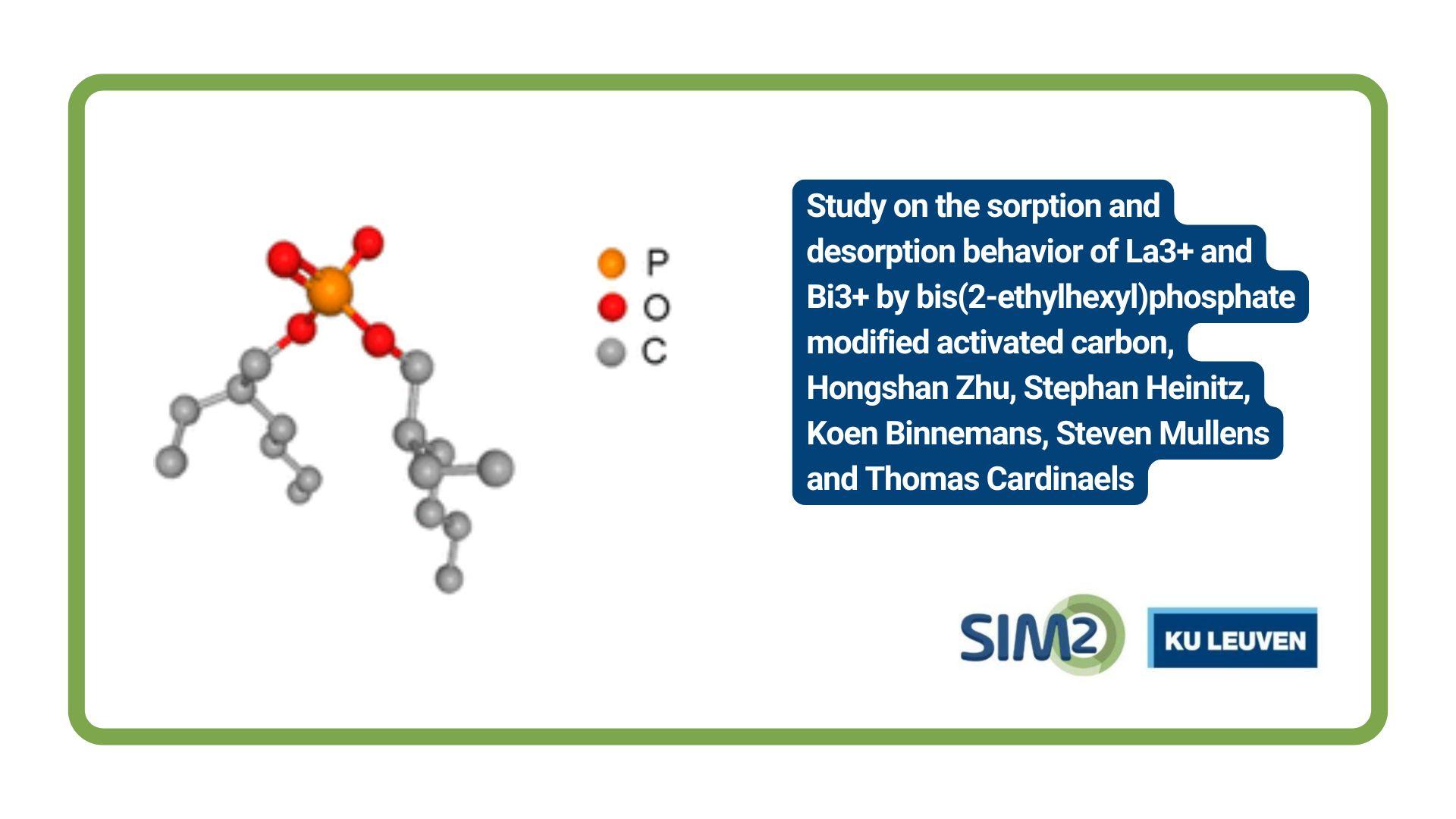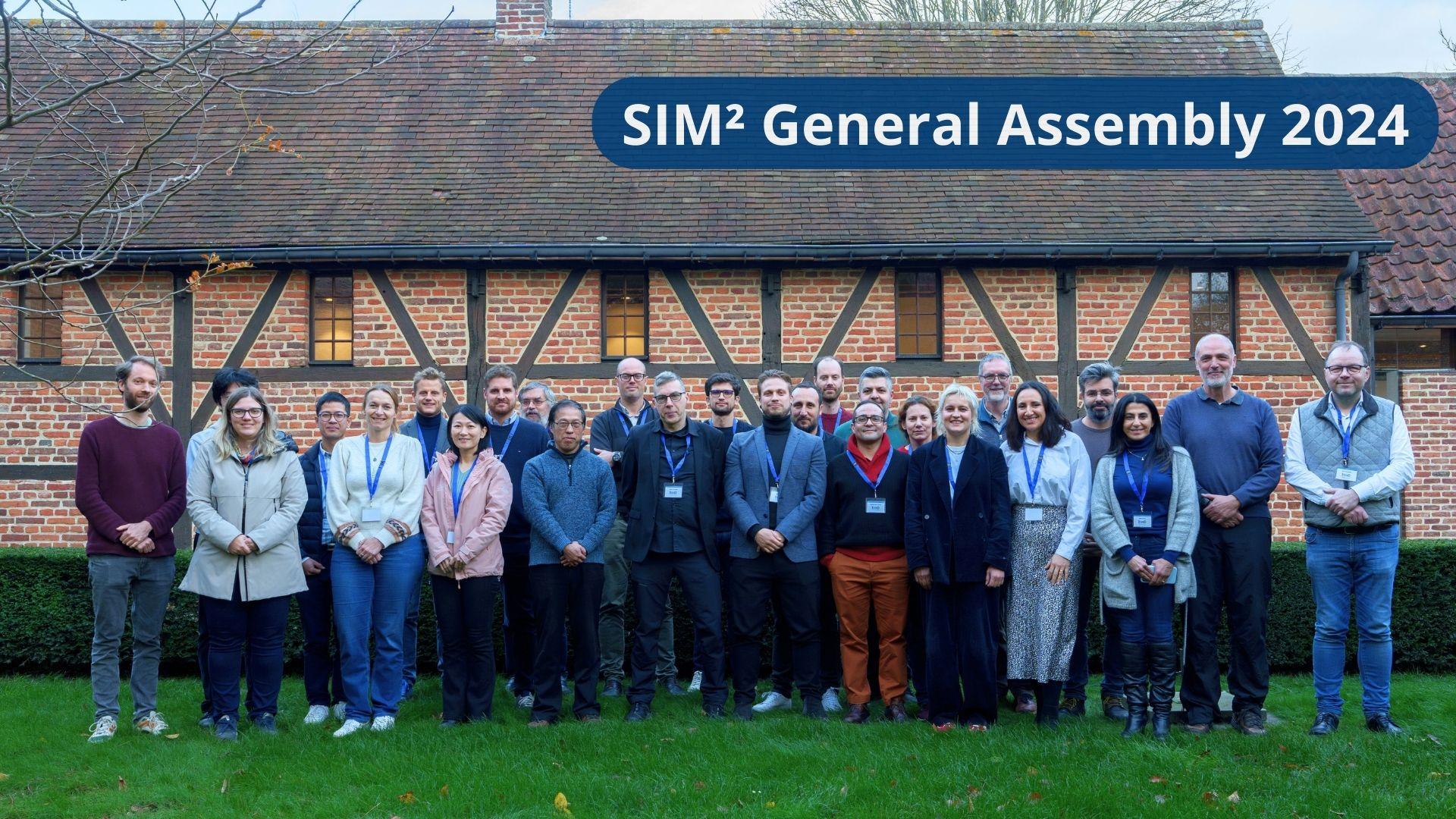
The European Environmental Agency (EEA) recently published a milestone report on e-mobility in Europe. The report “focuses upon electric passenger vehicles, explaining the different types that are now available on the market, how each type works, and their respective advantages and disadvantages.” Concurrently, this excellent report also outlines how different countries in Europe are (or are not) using incentives to encourage the further uptake of e-mobility, and it identifies the main barriers restricting their broader use. The report also includes a description of other types of electric road vehicles, including e-bikes, e-vans and e-buses.
But what about recycling?
Although the EEA report corroborates the huge importance of e-mobility in more sustainable transport systems of the future and convincingly shows the link with the importance of green electricity systems (see image), relatively little attention goes out to the challenges with respect to the recycling of the NdFeB magnet motors (which also contain Dy) or the Li-ion batteries (which also contain Co, a metal that is becoming increasingly critical). These two components(NdFeB motors and Li-ion batteries) are commonly used in e-cars or in e-bikes.
Considering the projected increase of e-cars and e-bikes in the next 10 years, the importance of these challenges cannot be underestimated. This has also been highlighted in the final ERECON report (European Rare Earth Competency Network), where e-cars and e-bikes have been prioritised for recycling research and innovation. EU Projects such as ITN EREAN and ETN DEMETER, which are developing both direct and indirect recycling technologies for e-cars, have already illustrated that the technical and non-technical challenges to develop cost-effective, closed-loop recycling systems for NdFeB magnet motors are huge. More research and policy attention for the recycling of e-cars/e-vans, e-bikes and future e-buses is, therefore, of paramount importance. Attention should go out to overcoming both technical and non-technical hurdles. With respect to the latter it is clear that the EU Directive on End of Life Vehicles needs to be adapted to prevent End of Life e-cars (BEVs and HEVs) being treated in the same way as regular cars (ICEVs: Internal Combustion Engine vehicles) at Vehicle Recycling Sites. Secondly, the lack of a dedicated “EU Permanent Magnet Recycling Directive” (in contrast with the “EU Battery Recycling Directive”) also speaks volumes. To be continued in upcoming Policy Briefs of ETN DEMETER etc.
Download EEA report here.
(PTJ, Leuven, 14-03-2017)





